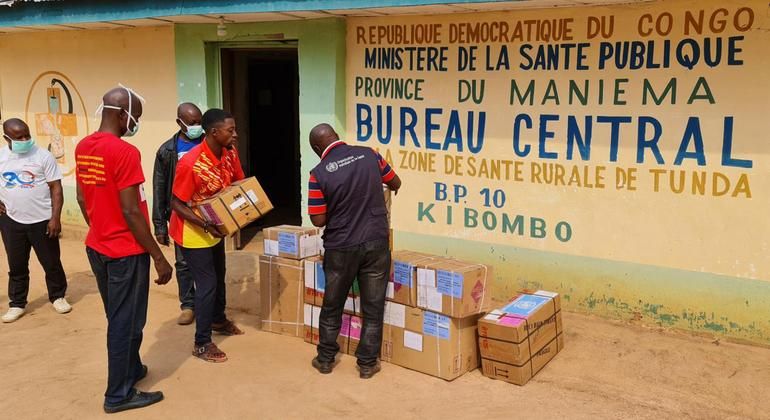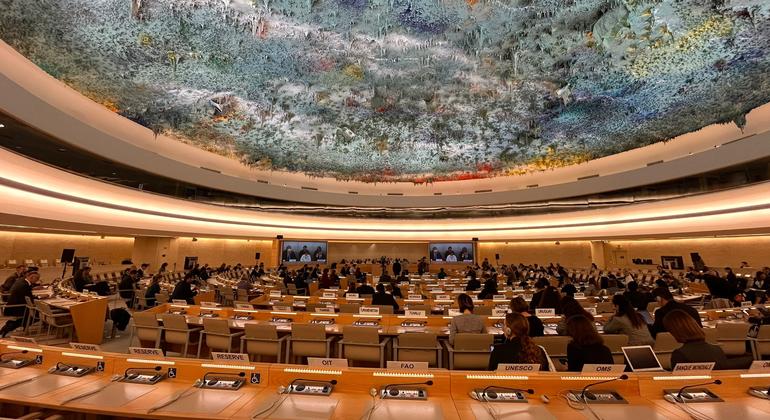In an update, the WHO said an outbreak of mpox was declared in Burundi on July 25, around the same time that Kenya, Rwanda and Uganda also confirmed their own cases.
The UN health agency said all of the infections, whose symptoms included fever, joint pain and a widespread rash, were linked to the “expanding outbreak” in eastern and central Africa.
Each infection was identified after genetic sequencing as clade Ib, one of three recognised variants of the virus, the WHO said, adding that 934 new laboratory-confirmed cases of mpox and four deaths had been reported to the UN health agency in June by 26 countries.
This indicates “continued transmission of mpox around the world,” he said.
Endemic problem
Mpox has been circulating in the Democratic Republic of the Congo (DRC) for years, according to the UN health agency, which said there has been an “unprecedented increase” in the number of countries in Africa reporting Mpox, which is transmitted mainly through sexual contact.
In the African region, WHO noted that the Democratic Republic of the Congo reported 96 percent of confirmed cases of mpox in June. However, due to limited access to testing in rural areas, less than a quarter of suspected cases have been tested, so the disease burden is very likely higher than initial estimates.
Data indicates the Democratic Republic of Congo has been experiencing “a severe outbreak” of mpox since the beginning of the year, with more than 14,000 cases and 511 deaths reported, the UN health agency said.
Transmission approach
In a related development, WHO said Côte d'Ivoire is also experiencing an outbreak of mpox, clade II; this was the variant that was responsible for the global mpox outbreak in 2022, the UN health agency said, adding that South Africa has reported two more confirmed cases.
Monkeypox (Mpox) is endemic in central and western Africa. It can be transmitted through physical contact with an infected person, animal, or contaminated materials. Symptoms include rash or skin lesions, accompanied by fever, headache, muscle aches, back pain, lack of energy, and swollen lymph nodes.
Global trends
Globally, the most affected region in June was Africa, with 567 cases of infection, followed by the Americas (175 cases), Europe – excluding the Eastern Mediterranean region – (100 cases), the Western Pacific (81 cases) and Southeast Asia (11 cases).
From 1 January 2022 to 30 June 2024, a total of 99,176 laboratory-confirmed cases of mpox, including 208 deaths, have been reported to the UN health agency from 116 countries across all WHO regions. Apart from Africa, “the outbreak continues with a low level of transmission” globally, WHO said..
June data showed that 16 of the 26 reporting countries showed an increase in cases compared to May. The Democratic Republic of the Congo reported the largest increase in Africa, with 543 cases in June compared to 459 the previous month (a 62 percent increase), while Spain saw the largest increase in Europe (54 cases, up from 38 in May), Colombia reported the largest increase in the Americas with 11 cases in June and none in May, Australia had the largest increase in the Western Pacific (from 33 cases in May to 64 in June). No countries reported an increase in Southeast Asia.












